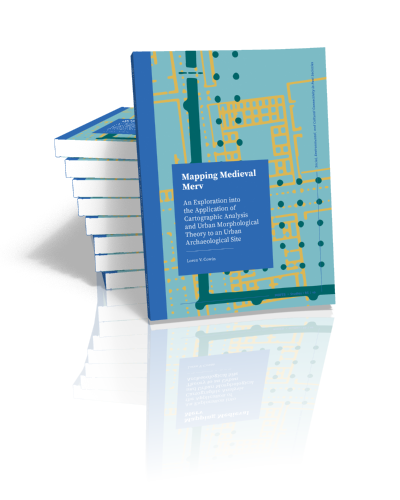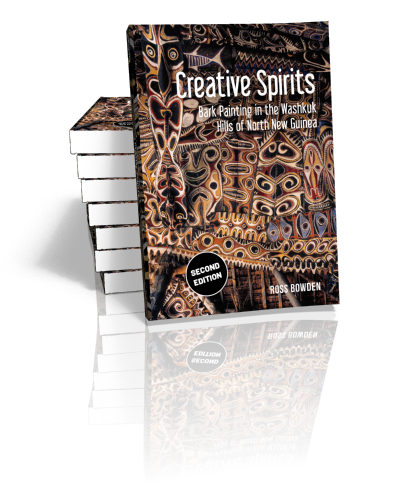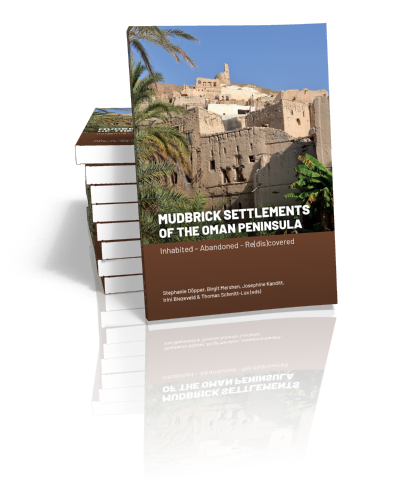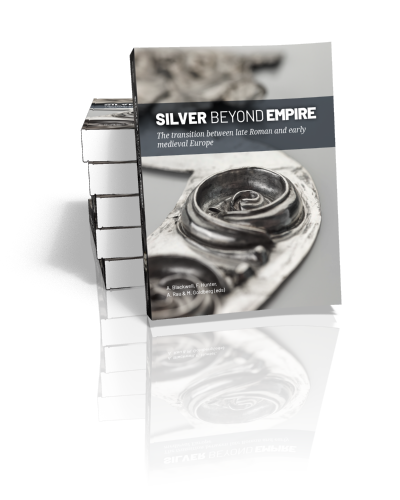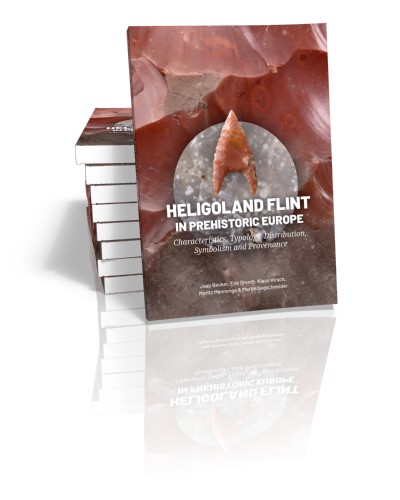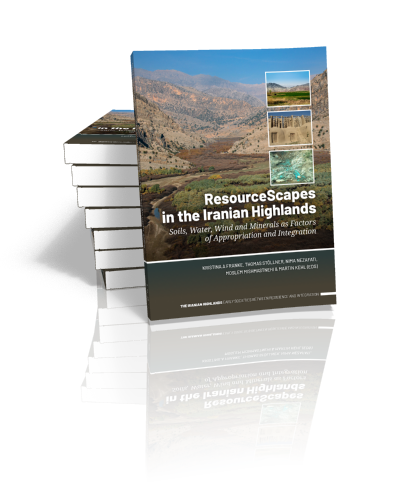Mapping Medieval Merv
An Exploration into the Application of Cartographic Analysis and Urban Morphological Theory to an Urban Archaeological Site
Loren V. Cowin | Forthcoming
Situated within the vast Karakum desert of western Central Asia, the Merv oasis exhibits a trove of archaeological sites, owing to its rich ancient and medieval history. Likely due to its strategic location along the…
Creative Spirits
Bark Painting in the Washkuk Hills of North New Guinea
Ross Bowden | Forthcoming
The art of painting on bark was once widely found in many parts of the Pacific, including the Sepik River region of Papua New Guinea, the home of the Kwoma people who are the subject…
Mudbrick Settlements of the Oman Peninsula
Inhabited – Abandoned – Re(dis)covered
Edited by Stephanie Döpper, Birgit Mershen, Josephine Kanditt, Irini Biezeveld & Thomas Schmidt-Lux | Forthcoming
Caught between the poles of remembering and forgetting, glorification and neglect, the abandoned mudbrick settlements (ḥārāt) of Oman are a vital object of conflicting processes of interpretation and negotiation. Adopting a diachronic perspective, the multi-disciplinary…
Silver Beyond Empire
The transition between late Roman and early medieval Europe
Edited by Alice E. Blackwell, Fraser Hunter, Andreas Rau & Martin Goldberg | Forthcoming
Power and prestige in Europe during the first millennium AD were predominantly expressed in two portable materials: silver and gold. These precious metals underpinned the emergence of early Medieval kingdoms in Europe by providing the…
Heligoland Flint in Prehistoric Europe
Characteristics, Typology, Distribution, Symbolism and Provenance
Jaap Beuker, Erik Drenth, Klaus Hirsch, Moritz Mennenga & Martin Segschneider | Forthcoming
During a considerable part of prehistory stone tools were indispensable. Flint in particular had properties that made it very suitable for making razor-sharp implements and could often, but not always, be collected locally. Hunters, gatherers…
The Schliemann Eastern Odyssey in 19th-Century China and Japan
A Complete Transcription and Translation
Edited by Meilin Lyu & Yun Shi | Forthcoming
Heinrich Schliemann, a successful trader and amateur archaeologist who excavated Troy and Mycenae, kept multilingual diaries during his many travels around the world. In 1864, he set aside his trading business and embarked upon a…
ResourceScapes in the Iranian Highlands
Soils, Water, Wind and Minerals as Factors of Appropriation and Integration
Edited by Kristina A Franke, Thomas Stöllner, Nima Nezafati, Moslem Mishmastnehi & Martin Kehl | Forthcoming
The Iranian highlands are characterized by very special resource conditions: although being dominated in large parts by aridity, the presence of ecological niches and specific weather phenomena, along with rich deposits of minerals and raw…
Mapping Medieval Merv
An Exploration into the Application of Cartographic Analysis and Urban Morphological Theory to an Urban Archaeological Site
Loren V. Cowin | Forthcoming
Situated within the vast Karakum desert of western Central Asia, the Merv oasis exhibits a trove of archaeological sites, owing to its rich ancient and medieval history. Likely due to its strategic location along the…
Creative Spirits
Bark Painting in the Washkuk Hills of North New Guinea
Ross Bowden | Forthcoming
The art of painting on bark was once widely found in many parts of the Pacific, including the Sepik River region of Papua New Guinea, the home of the Kwoma people who are the subject…
Mudbrick Settlements of the Oman Peninsula
Inhabited – Abandoned – Re(dis)covered
Edited by Stephanie Döpper, Birgit Mershen, Josephine Kanditt, Irini Biezeveld & Thomas Schmidt-Lux | Forthcoming
Caught between the poles of remembering and forgetting, glorification and neglect, the abandoned mudbrick settlements (ḥārāt) of Oman are a vital object of conflicting processes of interpretation and negotiation. Adopting a diachronic perspective, the multi-disciplinary…
Silver Beyond Empire
The transition between late Roman and early medieval Europe
Edited by Alice E. Blackwell, Fraser Hunter, Andreas Rau & Martin Goldberg | Forthcoming
Power and prestige in Europe during the first millennium AD were predominantly expressed in two portable materials: silver and gold. These precious metals underpinned the emergence of early Medieval kingdoms in Europe by providing the…
Heligoland Flint in Prehistoric Europe
Characteristics, Typology, Distribution, Symbolism and Provenance
Jaap Beuker, Erik Drenth, Klaus Hirsch, Moritz Mennenga & Martin Segschneider | Forthcoming
During a considerable part of prehistory stone tools were indispensable. Flint in particular had properties that made it very suitable for making razor-sharp implements and could often, but not always, be collected locally. Hunters, gatherers…
The Schliemann Eastern Odyssey in 19th-Century China and Japan
A Complete Transcription and Translation
Edited by Meilin Lyu & Yun Shi | Forthcoming
Heinrich Schliemann, a successful trader and amateur archaeologist who excavated Troy and Mycenae, kept multilingual diaries during his many travels around the world. In 1864, he set aside his trading business and embarked upon a…
ResourceScapes in the Iranian Highlands
Soils, Water, Wind and Minerals as Factors of Appropriation and Integration
Edited by Kristina A Franke, Thomas Stöllner, Nima Nezafati, Moslem Mishmastnehi & Martin Kehl | Forthcoming
The Iranian highlands are characterized by very special resource conditions: although being dominated in large parts by aridity, the presence of ecological niches and specific weather phenomena, along with rich deposits of minerals and raw…
Browse by subject



